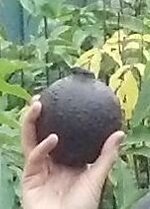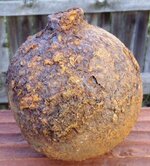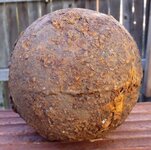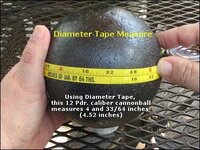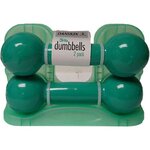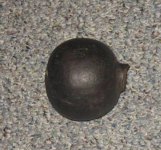winslow
Sr. Member
- Oct 30, 2004
- 423
- 1,457
- 🥇 Banner finds
- 1
- Detector(s) used
- Garrett AT Pro, Garrett AT Max, Equinox 800
I found this near Rico Colorado last week near the Dolores river.
Thought it had to be an ore crushing ball at first but I don't know ... that would be perfectly round with no extrusion ... right? It feels like it is solid iron and weighs 9 lbs 10 oz. Lot of mining history in area but area was also explored by French and Spanish before the mining rush days.
Thought it had to be an ore crushing ball at first but I don't know ... that would be perfectly round with no extrusion ... right? It feels like it is solid iron and weighs 9 lbs 10 oz. Lot of mining history in area but area was also explored by French and Spanish before the mining rush days.


